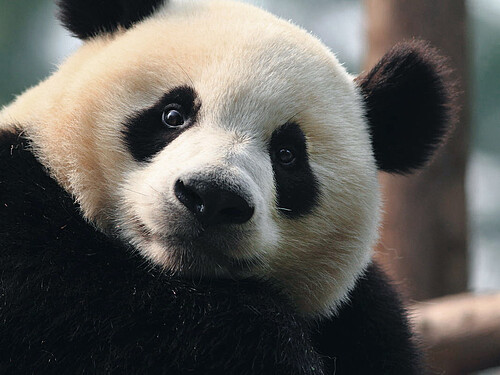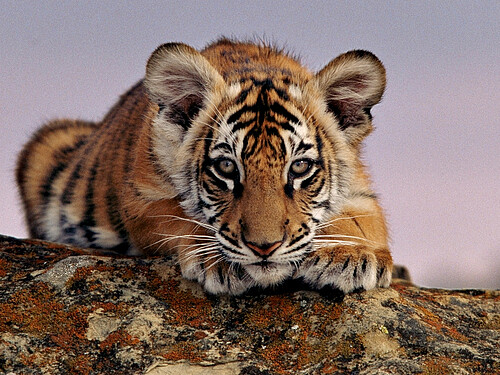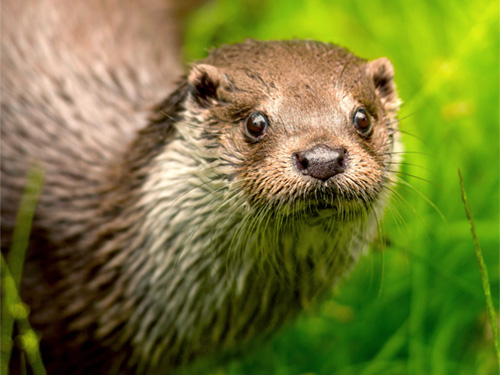Snow leopards are often referred to as the ‘ghost of the mountains’ because of their incredible natural camouflage, rendering them almost invisible in their surroundings. They live in the world’s harshest and most remote terrain, high in the mountains of the Himalayas and Central Asia that are over 3,000 meters above sea level. They are the guardians of this spectacular and important landscape which supports a vast amount of biodiversity, including many unique high-altitude species, and provide critical ecosystem services for hundreds of millions of people.
Snow leopards are in crisis. Listed as “Vulnerable” on the International Union for Conservation of Nature (IUCN) Red List, there are an estimated only 4,080-6,590 remaining in the wild. Their current range spans a huge area across 12 countries, but many populations are small and fragmented. And the global snow leopard population is declining.
THREATS TO SNOW LEOPARD
Loss of prey and habitat
Over-grazing by domestic livestock is damaging to mountain grasslands and leading to a decline in the snow leopard’s natural prey, like blue sheep and Argali.

Human-Snow Leopard conflict
Due to the impact of habitat loss, snow leopards’ natural prey becomes harder to find. They are often forced to kill livestock for survival, in many cases leading to retaliatory killings by local herders.

Illegal wildlife trade
Snow leopards have long been killed for their beautiful fur, but their bones and other body parts are also used in traditional medicine. And this illegal trade seems to be increasing due to market demand for their parts.

Climate Change
The climate crisis poses perhaps the greatest long-term threat to snow leopards. Impacts from a warming planet could result in a loss of up to 30% of the snow leopard habitat in the Himalayas alone.

Only 35%
of current snow leopard range is predicted to remain as stable climate refugia. Their habitat is expected to decline by 8-23% by 2070 due to climate impacts.
221-450
snow leopards are killed by people annually, 55% of this killing is driven by retaliation for snow leopard predation of livestock.
Only 14-19%
of snow leopard range is protected, with 40% of those protected areas being smaller than a single adults home range.
Vulnerable Snow Leopards Need Your Help!
BECOME A SNOW LEOPARD PROTECTOR NOWWHY SNOW LEOPARDS MATTER

Snow leopards are an “indicator species” which means their population tells us of the condition of an ecosystem. If snow leopards thrive, so will countless other species in the high-altitude habitat. They are top predators in their environment, without the snow leopard, herbivore populations would increase, resulting in changes to the vegetation and a disruption in the ecological balance.
The home of snow leopards is headwaters for the river systems that benefit over 2 billion of the world’s human population. Their habitat also hosts peat and grass lands which store vast quantities of carbon. Therefore, when we invest in protecting snow leopards and their habitats, we are also investing in our own future.










